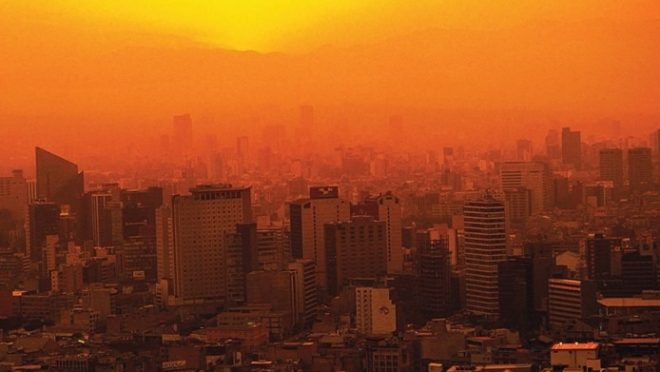Why our cities are drowning in heat: The urban heat island effect
Why our cities are drowning in heat: The urban heat island effect

Heatwaves, once occasional occurrences, are becoming a terrifying reality due to climate change.
However, despite global warming being a significant factor, improper urban planning exacerbates the issue, creating urban heat islands that trap heat and intensify the effects of heatwaves. This poses a severe threat to human health and wellbeing in cities.
The effects of heatwaves are more apparent in cities as cities are inherently warmer than surrounding rural areas. This phenomenon, known as the urban heat island effect, arises from several factors associated with urban design.
Cities are hotter than surrounding areas due to a lack of vegetation, extensive use of heat-absorbing materials like concrete, and restricted air circulation.
Materials like concrete, asphalt, and dark-coloured building materials, which are more prevalent in cities, absorb and retain heat throughout the day, releasing it back into the environment at night. The lack of vegetation, which provides shade and cooling through evapotranspiration (the release of water vapour from plants), further contributes to rising temperatures. Densely packed buildings restrict air circulation, trapping hot air within the urban canyon.
These planning choices create a self-perpetuating cycle. As cities heat up, the demand for air conditioning increases. This, in turn, leads to higher energy consumption and the release of greenhouse gases, further accelerating global warming and increasing the frequency and intensity of heatwaves.
The consequences of this synergy between heatwaves and urban planning are dire. Extreme heat can lead to heatstroke, dehydration, and exacerbate pre-existing medical conditions, particularly among vulnerable populations like the elderly, young children, and those living in poverty.
Densely populated areas with limited access to green spaces or air conditioning can become death traps during heatwaves.
There is, however, hope. By adopting smart urban planning strategies, cities can mitigate the urban heat island effect and create more resilient environments.
- Green infrastructure: Planting trees, creating parks, and using green roofs can significantly reduce temperatures.
- Reflective surfaces: Using light-coloured materials for pavements and buildings reflects sunlight, reducing heat absorption.
- Improved urban design: Strategic building placement and wider streets allow for better air circulation.
- Sustainable transportation: Promoting alternatives to cars like cycling, walking, and public transport reduces heat generated by vehicles.
Addressing the urban heat island effect requires a multi-pronged approach. Urban planners, architects, and policymakers must collaborate to design cities that are not only aesthetically pleasing and economically vibrant but also resilient to the challenges of a warming climate. By prioritising green spaces, sustainable building practices, and innovative urban design, we can create cooler, healthier cities that can withstand the heatwaves of tomorrow.


